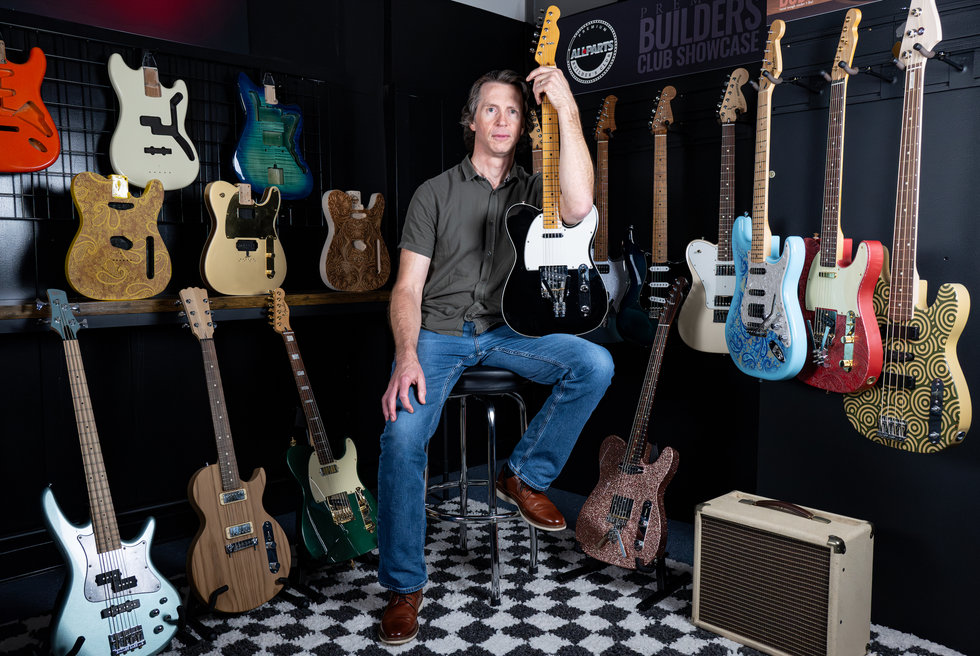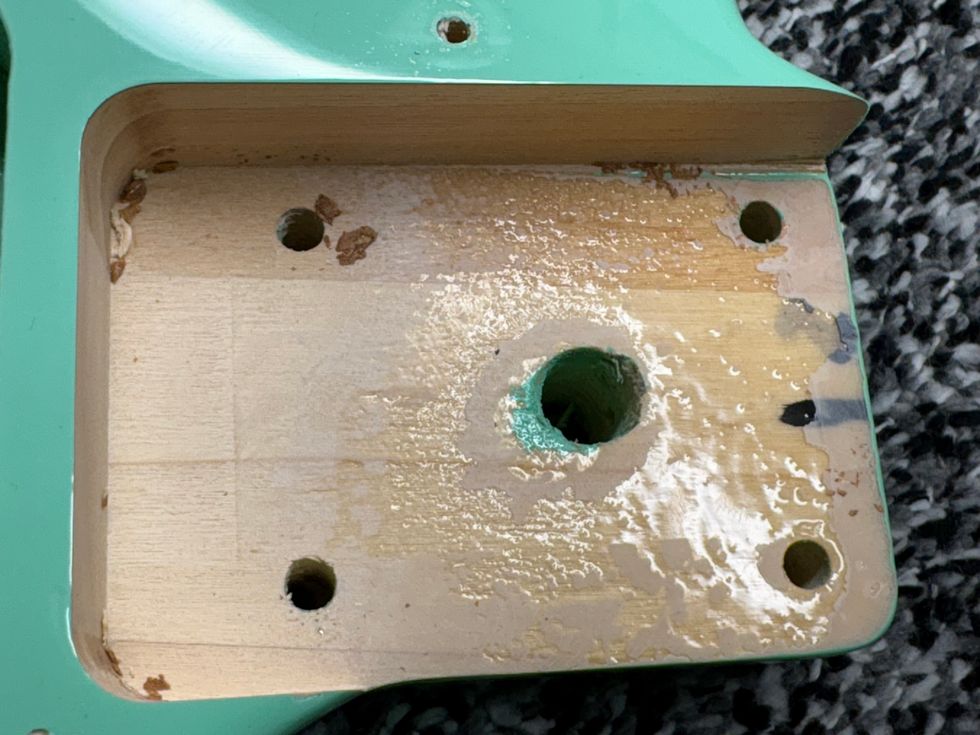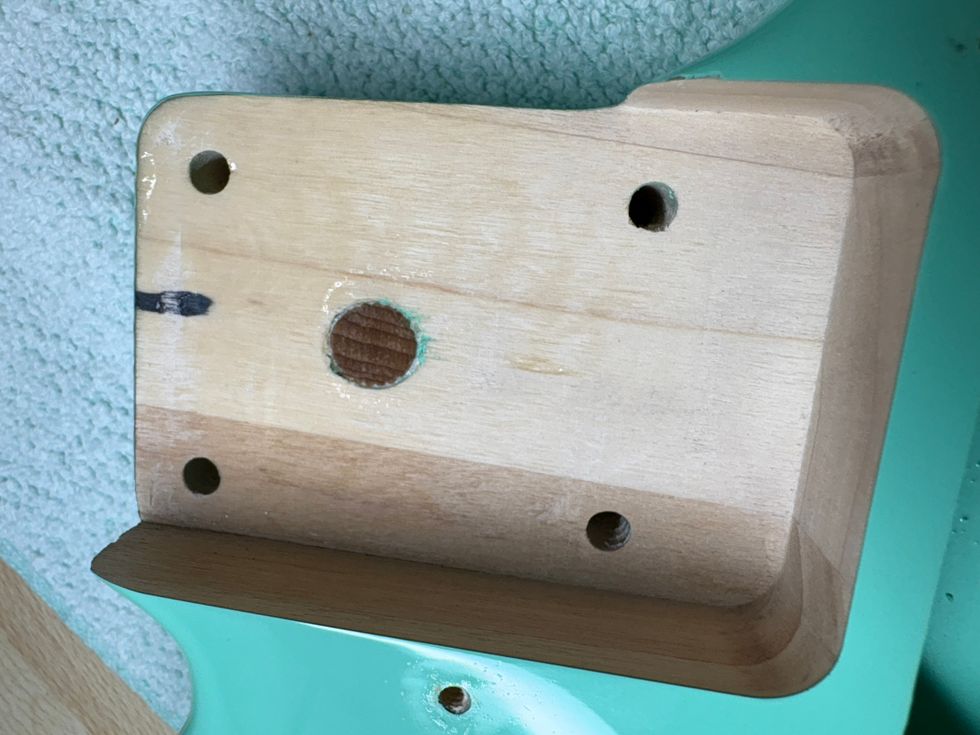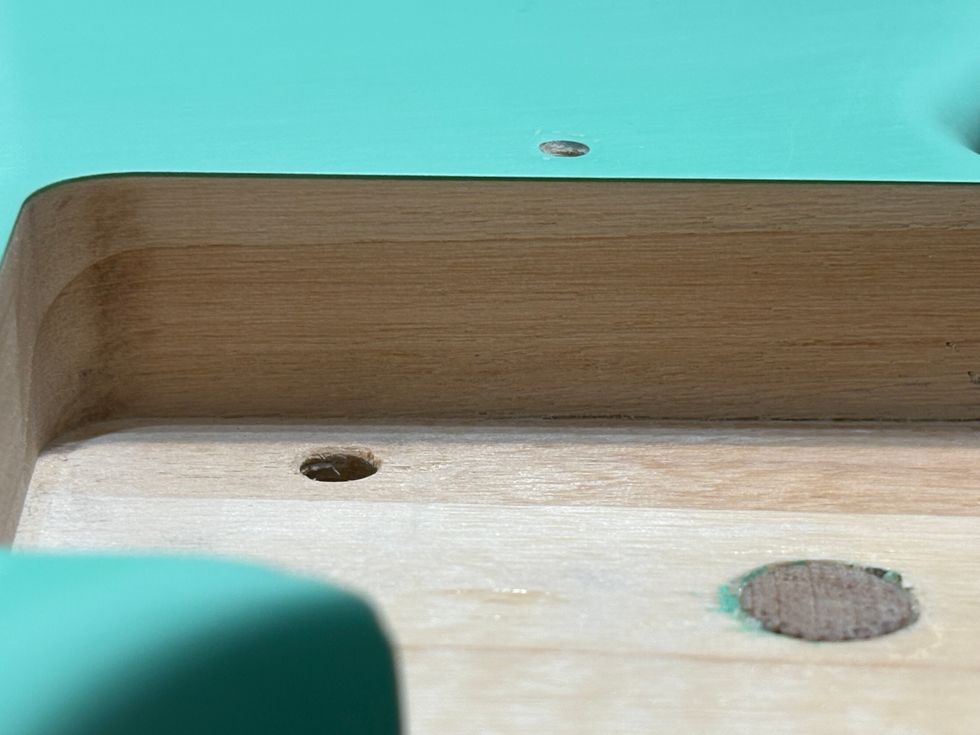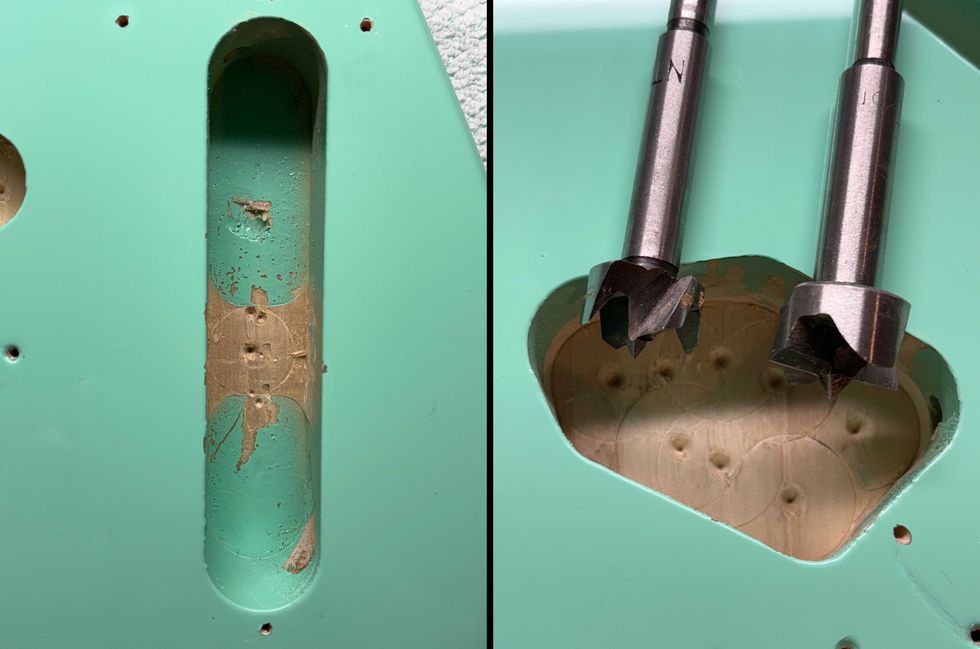I’ve been gigging on bass since sometime in the 1970s, but I’m not a pro player. Bass playing is my fun, my escape from the grind of the working world.
In one way or another, I’ve been able to play nearly non-stop since those early gigging years. Lots of it has been in a blues setting, but I’ve also had a chance to play old-school rock, R&B, country, jazz, musical theater, free-form poetry and even with a chamber orchestra.
How? The key is building versatility.
Part of versatility comes from playing a variety of basses and amps. Versatility also comes from being able to read notes and chord charts. And it comes from building an ear for different genres, expanding your musicianship. Altogether, versatility helps find a never-ending source of gigs in a life where music is balanced with work and family.
Getting To First Bass
Finding versatile gear is the fun part. I sometimes joke that a lull in the gig schedule is dangerous. That’s the time when I check my music bank account and lust for that elusive something—bass, effects, amp, or cab—to increase my versatility edge.
My set of keeper basses isn’t huge, but allows me to play in a variety of venues. The centerpiece is a versatile electric bass, one that I don’t mind leaving at the mercy of barroom drunks at a gig. My choice has been the import version of the G&L five string, and it has worked out well.
Because I started out playing four-string basses, building this element of versatility brought a couple of challenges. One is obvious: keeping track of what string I’m on, since it’s pretty easy to confuse the E, A, and B strings at first. With that challenge mastered, my next task was learning when to drop the bomb and go down below the E string. My answer is sparingly, for effect rather than routine use. I especially like ending a song on really low notes. In one tune, I’ve been known to reach for the B-string’s tuner and drop down to a low A—but just for the very last note.
More Goodies for the Stew
Along with the 5-er, I have a four-string bass strung with roundwounds and another bass strung with flats for that old-school sound. And then there’s a fretless bass—be careful going there, because it really takes some effort to learn how to play in tune (and to avoid the annoying habit of sliding around the neck all the time).
Probably the most difficult gear commitment has been learning upright bass: it takes money, lessons, focus, space, and again, money. I won’t get too deep here, except to say that I’ve bought the gear and put the time into learning technique, bowing, and playing ergonomics. I’ve bought strings at over $100 a pop to find ones I like—can’t do that too often—and pickups, which also require experiments starting around $100. Now when I look at a car, one of my first thoughts is, I wonder if a string bass would fit in there?
Over time, I’ve found that playing upright involves substantial battles with feedback and stage space, so the big girl has largely been replaced by an electric upright – far less hassle and nearly the same sound. But even more expense.
The other part of the gear stew is amps. Most recently, I tried tube amps for small gigs or in the studio, but they just don’t have that versatility—volume, tonal variety, portability— to fit into a leaner gear collection. With some melancholy, I’ve weeded them out.
My current versatile collection of rigs includes a 400-watt, solid-state amp running into a 4x10 cab (club and festival gigs), a tiny class-D amp (less than 5 lbs!) into an efficient 12" cab (restaurant gigs), and a little combo (rehearsal, really small gigs). These latter two rigs are well suited for acoustic bass, but can support any of my axes if there’s a need.
Connecting the Dots
You know the old joke—how do you get a guitar player to turn down? Put sheet music in front of him! The same holds true for bass players, too. You can gain versatility and keep yourself in gigs by learning how to function with the dots in front of you.
Take this skill two ways. First, learn to read music. Yes, I know: it’s work. And you need not become a perfect sight reader. Woodshed to learn the music. And then learn how not to get caught if the going gets tough. As a so-so reader, I sometimes approximate a part to catch its spirit yet stay within my technical limits.
A second skill with written parts is learning how to play from chord charts. In particular, build a sense of how to move from chord to chord in a way that makes sense musically and helps the band move along.
Calculated Risk
Lastly, I urge you to take some calculated risks. Put yourself in settings with more experienced players and find a way to pull it off. Fortunately, bass playing usually doesn’t get as technically difficult as the other instruments—make your strength the ability to provide a steady, solid foundation that builds off the other players. Keep your head up, your eyes and ears open. That’s taken me a long way in not only surviving a gig, but in drawing compliments for my contribution to the music. S
o if you find that becoming a pro bass player is not in the cards, and you want to keep things interesting in the music you do get to play, learn to become versatile in both your abilities and your gear. Take a few risks. Have some fun!
Dan Berkowitz
Dan is a professor by day and a bass player when the sun goes down. He plays both electric and upright bass in blues, jazz and pit settings.














![Rig Rundown: Russian Circles’ Mike Sullivan [2025]](https://www.premierguitar.com/media-library/youtube.jpg?id=62303631&width=1245&height=700&quality=70&coordinates=0%2C0%2C0%2C0)



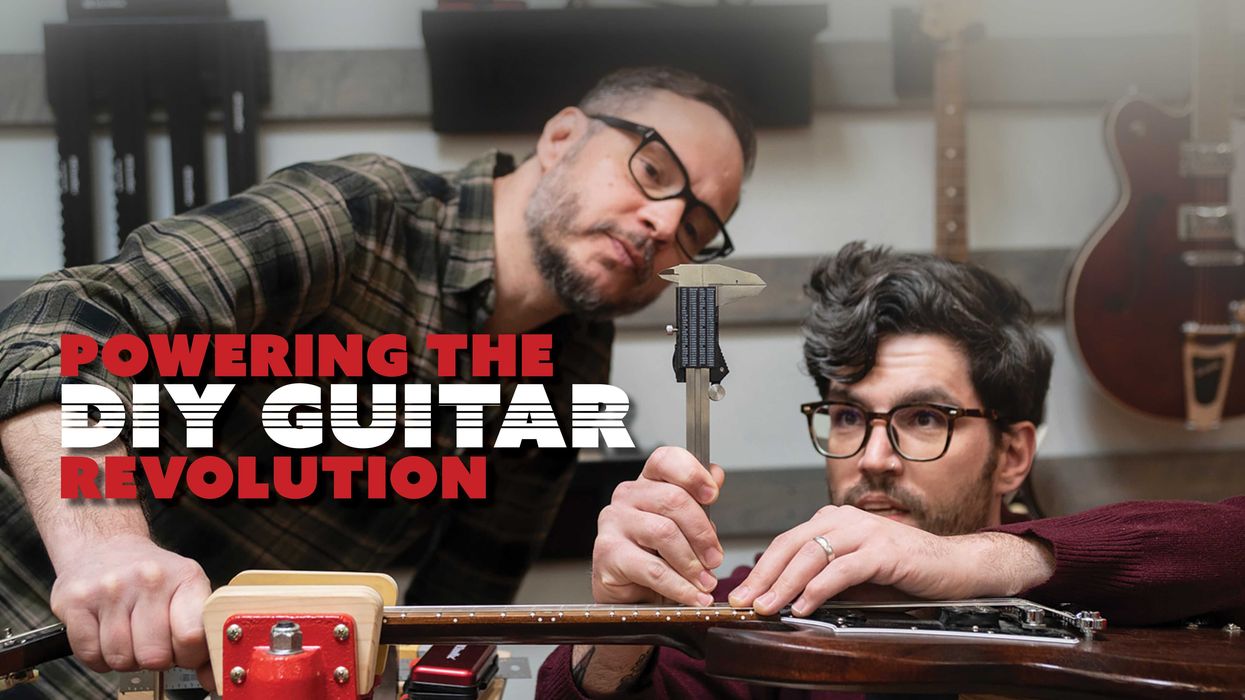
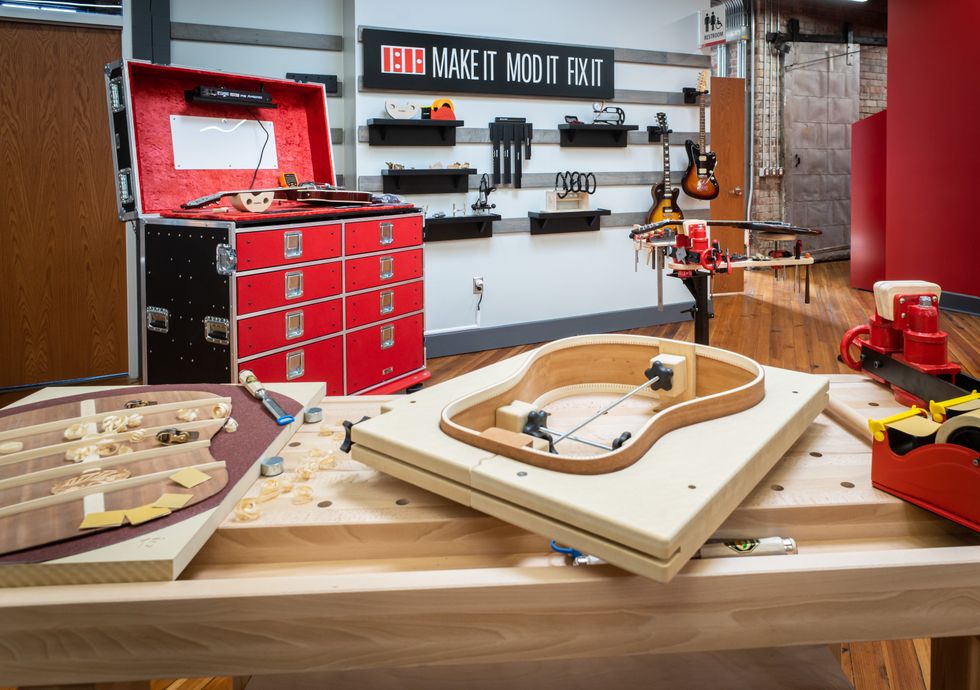

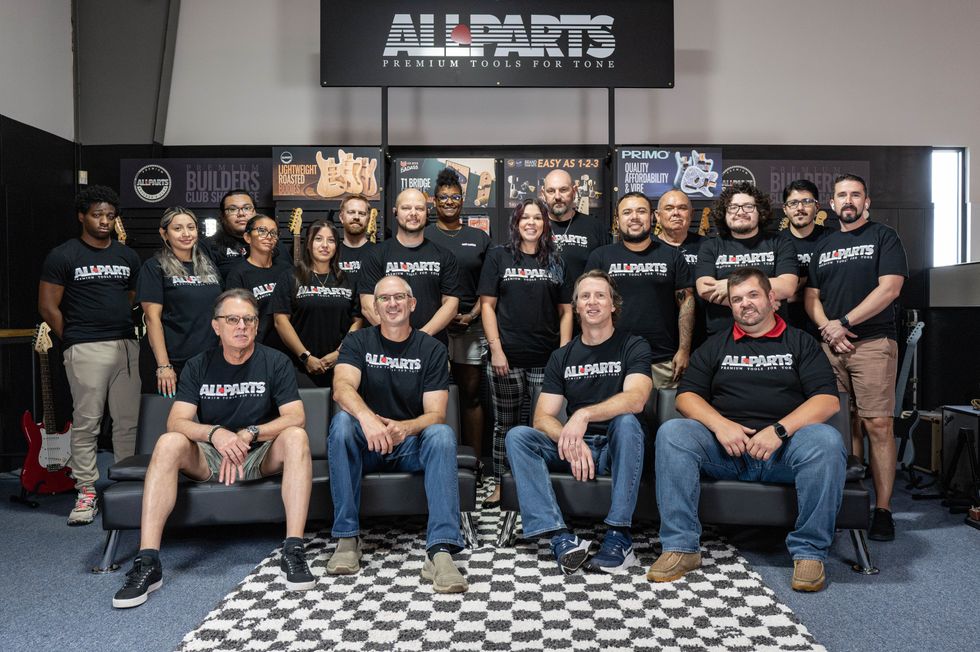 The Allparts team at their Houston warehouse, with Dean Herman in the front row, second from right.Photo by Enrique Rodriguez
The Allparts team at their Houston warehouse, with Dean Herman in the front row, second from right.Photo by Enrique Rodriguez